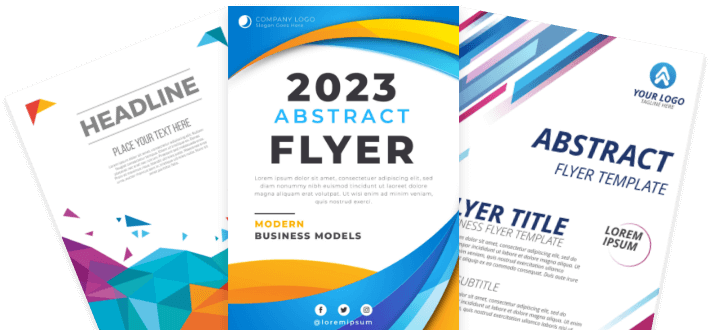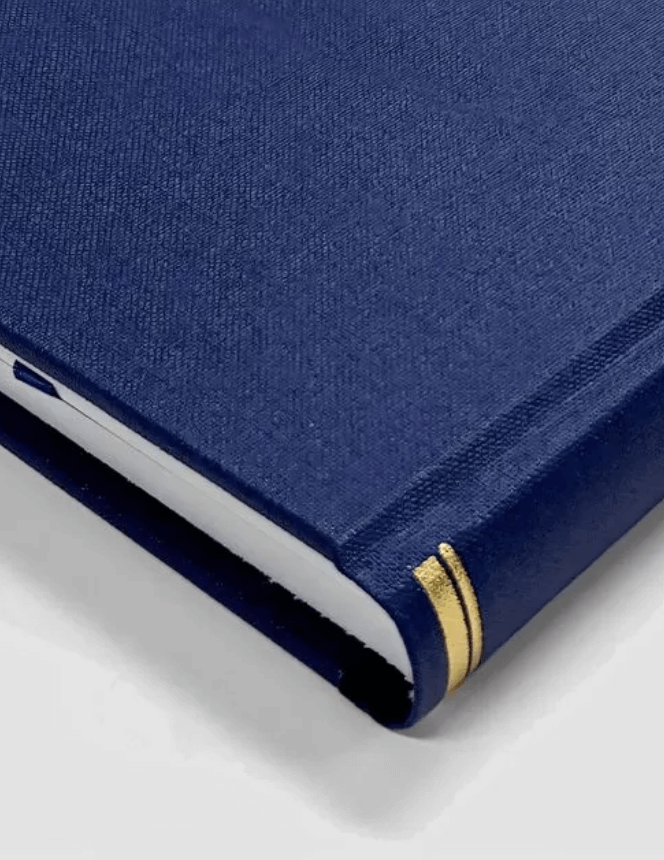3-piece
Three-piece binding is a variation of bookbinding that is often used for hardcover books to create a more elegant and durable finish. It is similar to two-piece binding but involves using three separate pieces of material for the cover: one for the spine and two for the front and back covers. This method allows for a combination of different textures, colors, or materials, giving the book a distinctive appearance. It can be done on nearly every publication, but mostly combined with hardcover binding.
Three-piece binding is particularly favored for high-quality editions, art books, or any publication where a unique, high-end appearance is desired. The choice of different materials for the spine and cover allows for creative design options and can also provide enhanced durability.
Get the best bindery for your print project with 3-piece binding!
As a trade printing expert, we take each binding process very seriously, so that your clients’ demands go beyond their expectations. Here’s an general overview of the 3-piece binding production process:
Text block preparation: As with any book, the process begins with preparing the text block. This involves printing the book's content, folding the printed sheets into pages, and then gathering these pages into signatures. The signatures are sewn or glued together at the spine.
Spine reinforcement: The spine of the text block may be reinforced with a cloth strip or other material for additional strength.
Cover creation: In three-piece binding, the cover is made from three separate pieces. The spine material and the materials for the front and back covers are chosen and cut to size. These materials can be different in terms of texture, color, or type (like cloth, leather, or paper). The spine piece is usually narrower, covering just the spine area of the book, while the other two pieces cover the front and back.
Assembling the cover: The three pieces are then carefully joined together. This is usually done by gluing them onto a larger piece of paper or cloth, leaving slight gaps between the spine and the cover pieces to ensure the book can open and close easily.
Attaching the text block to the cover: The text block is attached to the cover using adhesive applied to the spine. The endpapers are then attached, connecting the text block to the cover boards.
Adding finishing touches: Additional decorative elements like headbands, a bookmark ribbon, or specific cover decorations (such as embossing, debossing, foil stamping, or printing) are added. The book is trimmed to its final size if necessary.
Quality check and completion: The final step involves a thorough quality check to ensure the binding is secure and the book functions properly. Any necessary adjustments are made before the book is considered complete.
Low startup quantity (minimum 500)
Available on 100% recycled paper
Available with Glossy and matt finish
Available in custom sizes



